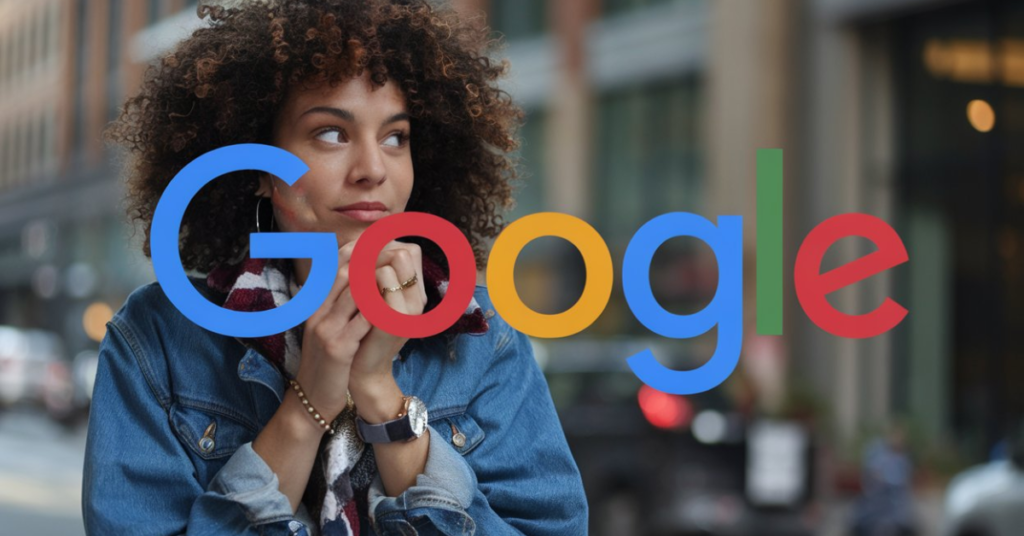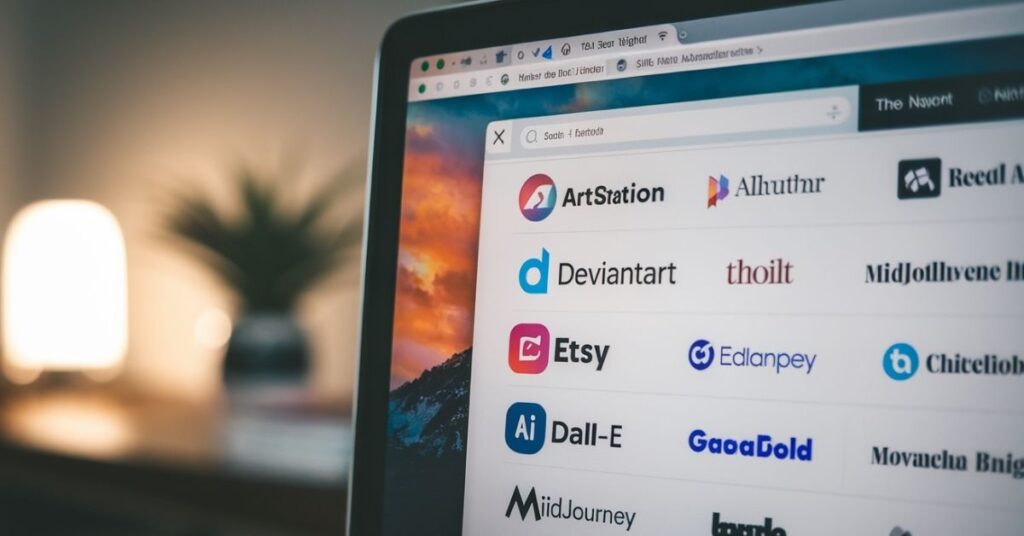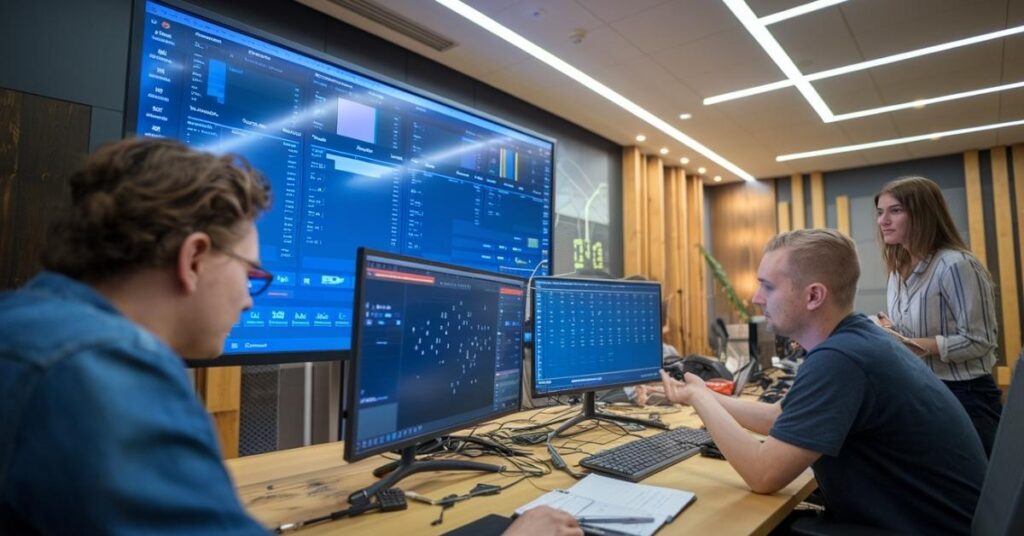Have you ever searched for something online, only to find an AI-generated image attached to your content or business website? It can be frustrating, especially when these images don’t represent your brand’s authenticity. You may wonder: is it possible to remove AI images from Google Search?
The short answer is yes! In this detailed guide, we will take you through the step-by-step process of eliminating AI-generated images from Google’s index, whether they’re hosted on your website or somewhere else on the web. We’ll cover every detail, so you know exactly how to regain control of your digital content.
How to remove ai images from google search?
Determine Image Ownership
The first step in removing AI images from Google is determining who owns the image. If the image is on your website, you have full control over its removal. However, if it’s hosted on third-party sites, the process will be slightly different.
Here’s how to check the ownership of an image:
- Check the Image’s Source URL
Right-click on the image and select “Copy Image Address” or use the image’s URL to track its source. Paste the URL into Google Image Search to see where the image appears online.
- Check for Copyright or License Information
Some AI images may be licensed or protected under specific copyright rules. If you have the right to remove the image, make sure that you have any supporting documentation (like the license agreement) to back up your request for removal.
Remove AI Images from Your Own Website
If the AI-generated image is hosted on your website, you can take immediate action to remove it. The process is relatively straightforward, but be mindful that the image may not be removed instantly from Google search results.
Here’s how to proceed:
- Delete the Image from Your Server
The first and most important step is to delete the AI image from your website. You can do this by logging into your website’s CMS (Content Management System) or server and removing the image file. If you’re unsure how to do this, consult your web hosting provider or website administrator for assistance.
- Update Your Robots.txt File:
Ensure that your robots.txt file is updated to prevent search engines from crawling the page hosting the AI image. This step is not mandatory but can speed up the process of de-indexing the image from search results.
Example code to add to your robots.txt file:
User-agent: *
Disallow: /path-to-your-image.jpg
- Use Google Search Console to Request URL Removal:
Google Search Console provides a direct method to request the removal of URLs that feature outdated or unwanted content, including images. Follow these steps:
- Log in to your Google Search Console account.
- Go to the “Removals” section under the “Index” tab.
- Select “New Request” and choose “Remove this URL.”
- Enter the URL of the image you want to be removed from Google’s index and submit the request.
Important Tip: It may take up to a few days for Google to process and remove the image from its index. Be patient, as this is not an instantaneous process.
Remove AI Images from External Websites
If the AI image is hosted on an external website, the removal process becomes more complex. In this case, you’ll need to contact the website owner or administrator directly to request removal. Follow these steps:
- Locate Contact Information
Use the WHOIS database or check the contact page of the website to find the email address of the site administrator. Most websites have a contact section where you can request content removal.
- Craft a Polite and Professional Removal Request
When contacting the site owner, be courteous and provide clear details about the image and why it should be removed. Here’s an example:
“Subject: Request for Removal of AI Image
Dear [Website Owner],
I hope this message finds you well. I recently discovered that an AI-generated image, which I own, has been posted on your site at [URL]. I kindly request that you remove this image from your platform, as it was not authorized for use. I would greatly appreciate your assistance in this matter.
Best regards,
[Your Name]”
- Be Patient and Follow Up
It may take some time for the website administrator to respond. If they do not take action after a reasonable amount of time, follow up with another polite email or seek legal assistance if necessary.
Use Google’s Removal Tool
In some cases, the image may still appear in Google Search results even after it has been removed from the source website. Google provides a removal tool that can help speed up the process of removing images from search results.
Here’s how to use the Google Removal Tool:
- Visit Google’s Removal Tool Page: Go to the Google Search Help page and navigate to the “Request Removal” section.
- Submit a Takedown Request: Enter the URL of the image that you want to remove from Google’s index and submit your request. Google will process the request, which can take anywhere from a few days to several weeks, depending on the image’s visibility and relevance.
- Monitor the Status: Keep checking the status of your removal request in Google Search Console or via the removal tool. Google will notify you once the image has been removed.
Legal Action (When Necessary)
If you’ve tried the steps above and still find that the AI image is being misused or remains on Google Search despite your efforts, legal action may be necessary. This is especially true if the image is causing harm to your reputation or SEO performance.
You can file a DMCA (Digital Millennium Copyright Act) takedown notice if the image is copyrighted and you believe that it violates your rights. A formal DMCA takedown request will prompt the hosting website to remove the image, and Google will remove it from their search results as well.
Prevent Future AI Image Issues
Once you’ve successfully removed the AI-generated images from Google Search, it’s time to put preventative measures in place to ensure this doesn’t happen again. Here are some tips:
- Watermark Your Images:
Watermarking your images can prevent others from using them without your permission. Even AI-generated images can be watermarked to ensure they remain traceable.
- Use License Agreements:
If you use AI tools to generate images, make sure you have a clear license agreement that outlines who owns the image and who can use it. This will help you defend your rights in case the image is used without your consent.
- Regularly Monitor Your Content:
Set up Google Alerts for your image URLs or use SEO tools to track where your images are being used online. This will allow you to act quickly if an image appears on an unauthorized website.
- Provide Proper Attribution:
If you use AI images, always provide proper attribution to the tool or artist that generated them. This can help prevent confusion and ownership disputes down the line.
Role of AI-Generated Images
Before we dive into how to remove AI images from Google, it’s crucial to understand what they are and why they’re appearing in search results. AI-generated images are created using tools like DALL·E, MidJourney, and others, which rely on machine learning to generate visual content based on textual descriptions.
These images are increasingly being used for digital content creation, but they can sometimes be misused or appear where you don’t want them. AI images can appear in search results for a variety of reasons.
For example, if you’ve unintentionally uploaded or allowed AI images to be shared on your website or other platforms, they may be indexed by search engines like Google. This can impact your SEO rankings, brand image, and even the perception of your business. That’s why it’s important to learn how to manage and remove them effectively.
Conclusion
Removing AI-generated images from Google Search can be a time-consuming and sometimes frustrating process, but it is possible with the right approach. Whether the images are on your website or hosted elsewhere, following the steps outlined in this guide can help you regain control over your digital presence.
By utilizing tools like Google Search Console, submitting removal requests, and contacting website owners, you can ensure that AI-generated images no longer negatively impact your SEO or brand image.
Stay proactive, monitor your content regularly, and take immediate action if any unauthorized AI images appear. By doing so, you can maintain a clean and authentic online presence.
Related: how to use ai in software testing


